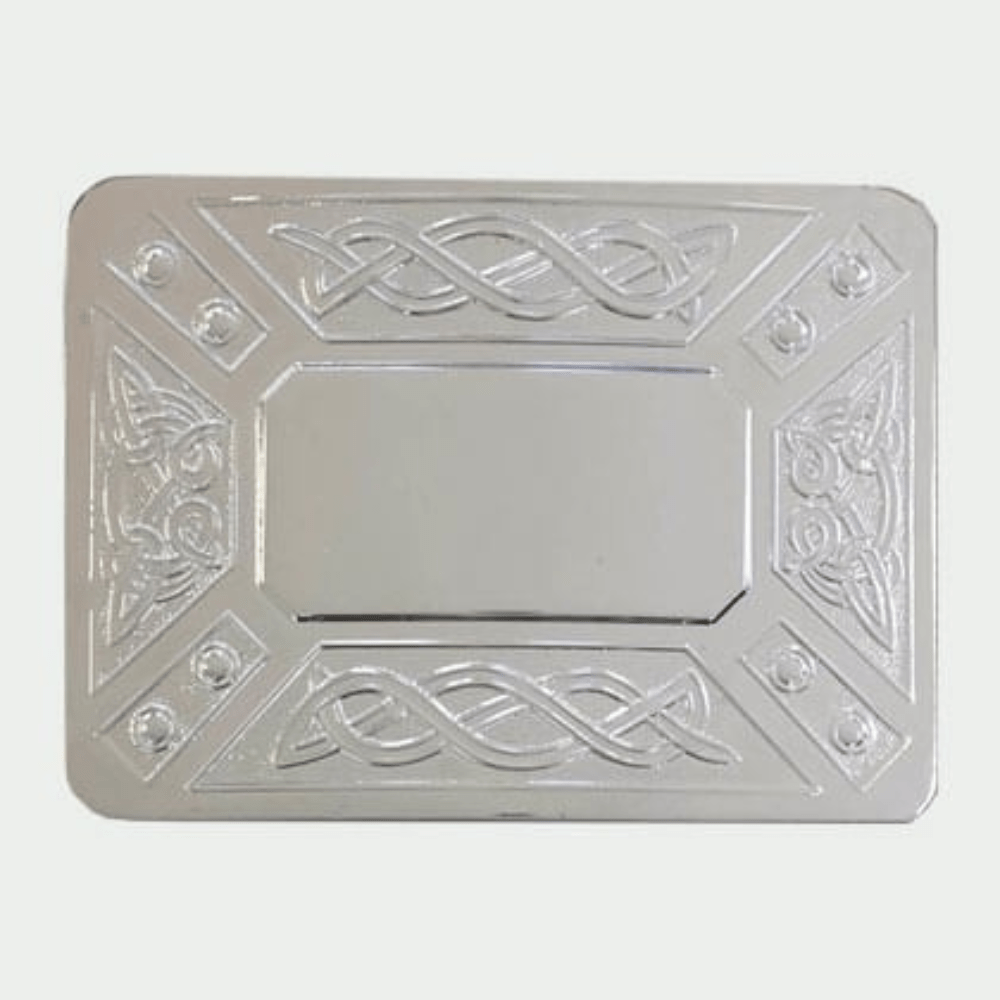
The kilt belt buckle is an important part of traditional Scottish clothing. It is worn with a kilt, which is a skirt-like garment typically made of wool. The kilt is often worn during special occasions like weddings, festivals, and Highland games. The kilt belt buckle plays a key role in completing the traditional Scottish look.
The history of the kilt belt buckle dates back several centuries. The buckle was not only a practical item but also a symbol of pride and heritage. In ancient times, Scottish clans used different designs and symbols on their belt buckles to show their identity and loyalty. These designs were often inspired by nature, animals, and important events in the clan’s history.
The kilt itself has a long history, and so does the belt buckle. The earliest kilts, known as "great kilts," were large pieces of fabric that wrapped around the body. A belt was used to secure the kilt in place, and the buckle was an essential part of this belt. Over time, the design of kilts evolved, and so did the buckles. The belt buckle became more decorative and was often made of materials like brass or silver.
In the 18th century, the kilt became a symbol of Scottish identity. During this time, the designs on kilt belt buckles became more elaborate. Clans started to engrave their family crests, mottos, and other symbols on the buckles. This made the kilt belt buckle not only functional but also a piece of art that displayed the wearer’s heritage.
Today, kilt belt buckles are still an important part of Scottish attire. They come in many designs, from simple and plain to highly detailed. Some buckles feature the traditional Scottish thistle, which is the national flower of Scotland. Others might include Celtic knots or images of famous Scottish landmarks.
Wearing a kilt belt buckle is a way to connect with Scottish history and culture. It is a symbol of pride, tradition, and the rich history of Scotland. Whether worn for a special occasion or as part of everyday clothing, the kilt belt buckle continues to be an important part of Scottish heritage.
Choose options

